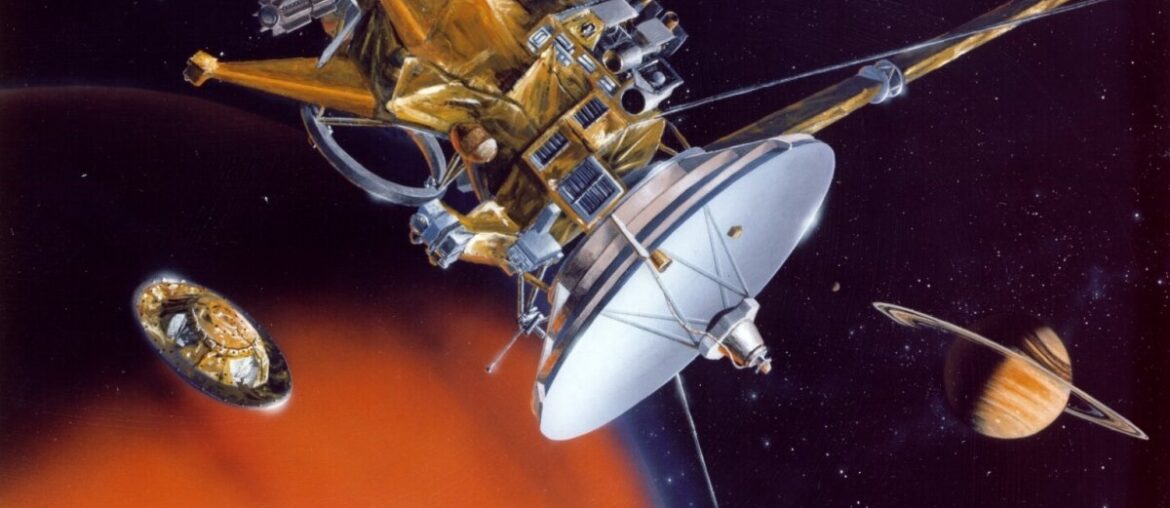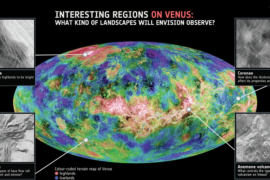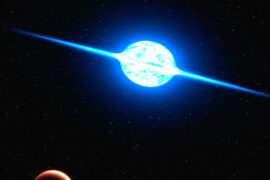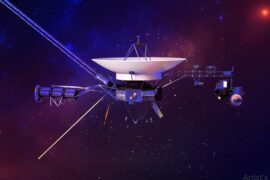Mimas, a small, heavily cratered moon of Saturn, draws interest because its shape and orbit reveal how tiny bodies respond to tidal forces. Close encounters yield sharp images and gravity data that help scientists map interior structure and surface features.
There are 4 NASA Missions to Mimas, ranging from Cassini to Voyager 2. For each mission, data are organized as Launch date (YYYY-MM-DD),Closest approach (km),Instruments (max 15 words),Description (30-50 words); you’ll find below.
How close did these missions get to Mimas and why does that matter?
Closest approach distances determine image resolution and the strength of gravity measurements: nearer flybys give finer surface detail and better constraints on mass distribution, while more distant passes reduce risk from debris and Saturn’s rings.
Where can I access official mission data and images for these flybys?
Primary sources are the NASA Planetary Data System (PDS) and the mission archives at JPL (Cassini imaging/CICLOPS and Voyager datasets); they host calibrated data, raw images, and documentation useful for both casual browsing and research.
Nasa Missions to Mimas
| Mission name | Launch date (YYYY-MM-DD) | Closest approach (km) | Instruments (max 15 words) | Description (30-50 words) |
|---|---|---|---|---|
| Pioneer 11 | 1973-04-06 | 104,263 | Imaging Photopolarimeter (IPP) for early, low-resolution images. | The first spacecraft to fly by Saturn, Pioneer 11 provided the earliest close-up, albeit low-resolution, images of Mimas. Its 1979 encounter offered a preliminary glimpse of the moon’s cratered surface, paving the way for future, more detailed exploration. |
| Voyager 1 | 1977-09-05 | 88,440 | Imaging Science Subsystem (ISS) narrow- and wide-angle cameras. | During its 1980 Saturn flyby, Voyager 1 captured the first clear images of Mimas, famously revealing its defining feature: the enormous Herschel Crater. This discovery led to the moon’s “Death Star” nickname and provided the first real look at its heavily battered surface. |
| Voyager 2 | 1977-08-20 | 309,920 | Imaging Science Subsystem (ISS) narrow- and wide-angle cameras. | Following its sibling a year later in 1981, Voyager 2 performed a more distant flyby of Mimas. It collected additional imagery from different angles, contributing to a more complete initial map of the small, icy moon’s surface features and geology. |
| Cassini | 1997-10-15 | 9,500 | Imaging Science Subsystem (ISS), CIRS, VIMS for thermal and compositional data. | As a long-term Saturn orbiter, Cassini revolutionized our understanding of Mimas with multiple close flybys. It provided stunningly detailed images, mapped a surprising “Pac-Man” thermal anomaly, and its data suggests the moon may harbor a subsurface ocean, a shocking possibility. |
Images and Descriptions
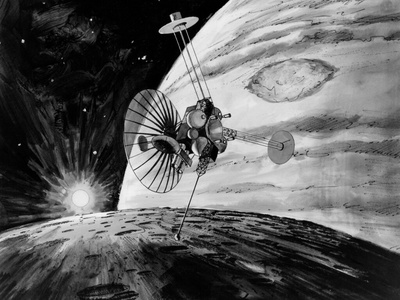
Pioneer 11
The first spacecraft to fly by Saturn, Pioneer 11 provided the earliest close-up, albeit low-resolution, images of Mimas. Its 1979 encounter offered a preliminary glimpse of the moon’s cratered surface, paving the way for future, more detailed exploration.
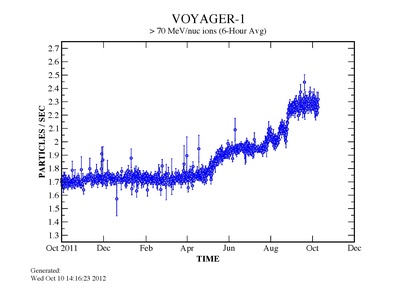
Voyager 1
During its 1980 Saturn flyby, Voyager 1 captured the first clear images of Mimas, famously revealing its defining feature: the enormous Herschel Crater. This discovery led to the moon’s “Death Star” nickname and provided the first real look at its heavily battered surface.
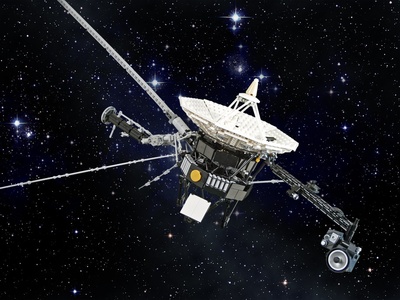
Voyager 2
Following its sibling a year later in 1981, Voyager 2 performed a more distant flyby of Mimas. It collected additional imagery from different angles, contributing to a more complete initial map of the small, icy moon’s surface features and geology.
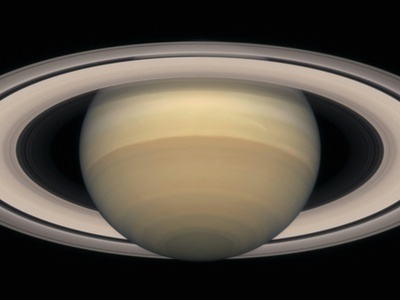
Cassini
As a long-term Saturn orbiter, Cassini revolutionized our understanding of Mimas with multiple close flybys. It provided stunningly detailed images, mapped a surprising “Pac-Man” thermal anomaly, and its data suggests the moon may harbor a subsurface ocean, a shocking possibility.
Enjoyed this article?
Get daily 10-minute PDFs about astronomy to read before bed!
Sign up for our upcoming micro-learning service where you will learn something new about space and beyond every day while winding down.

